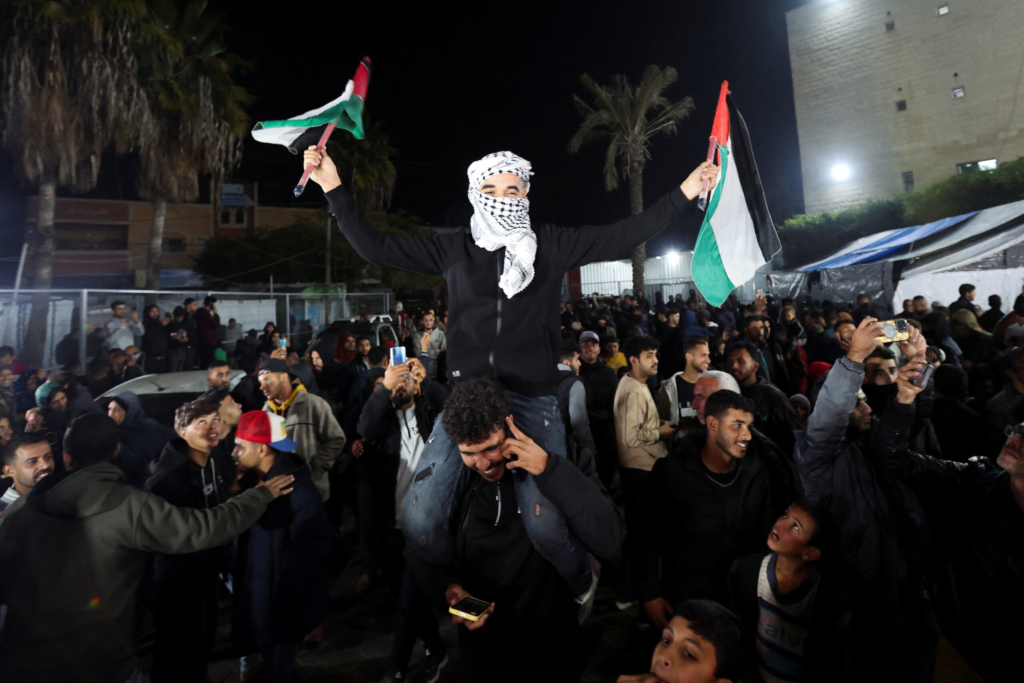
Israel and Hamas have agreed to a historic ceasefire that brings the relentless violence of more than 15 months in Gaza to an end. The deal was facilitated by months of intense negotiations by mediators from the United States, Qatar, and Egypt. Negotiations were frequently derailed but had finally succeeded in the round just concluded in Doha, Qatar, as all parties brought in their most able negotiators.
Israeli Team
Israeli leadership was provided by David Barnea, the chief of Mossad. There were others involved with him who were the important figures of Israel’s political and military leadership. Barnea was instrumental in aligning the strategic goals of the country with what was being asked for by the process of negotiations. Helping him was Ronen Bar, head of the Shin Bet security agency, covering issues related to Palestinian prisoners, an important part of the accord. Both leaders did not waver in presenting the case of Israel while working through challenging negotiations with international intermediaries.
United States
Brett McGurk, the president’s senior adviser on the Middle East, led the US delegation during the talks. As a veteran of US policy toward the Middle East, McGurk was the chief designer of the plans and also helped mediate between the disputing parties. Moreover, Steve Witkoff, the representative of the incoming Trump administration, joined forces with Qatar and Israeli officials to keep the talks going. The smooth transition between U.S. administrations demonstrated the country’s seriousness in achieving peace in the region.
Qatar’s Mediation Role
Qatar played a pivotal role in the communication gap between Israel and Hamas, who did not want to speak directly to one another. Qatar’s prime minister and foreign minister, Sheikh Mohammed bin Abdulrahman Al Thani, headed these efforts. The final stage of negotiations took place in Doha, Qatar, which made sure that the parties had an unbiased ground to talk. Through his mediation, Sheikh Mohammed resolved issues that were in contention, hence making the agreement on the ceasefire possible.
Egypt’s Role
The representatives of Egypt were Hassan Rashad, a director of the General Intelligence Agency. Rashad was the prime liaison with Hamas, following from previous rounds of negotiations held in Cairo. Involvement on the part of Egypt was continuous and critical for the setting up of an environment that would make dialogue and compromise possible.
Representation of Hamas
Khalil al-Hayya, the acting head of Hamas’ political bureau, was a key figure in the negotiations. After the death of Yahya Sinwar, al-Hayya became the face of Hamas’ political strategy. He is known for his pragmatic approach and worked closely with Qatari and Egyptian mediators to ensure that Hamas’ concerns were addressed in the agreement.
Looking Ahead
The ceasefire agreement, set to take effect on Sunday, marks a significant step toward peace in Gaza. While the immediate focus is on halting violence, further discussions are planned in Cairo to ensure the deal’s successful implementation. This agreement highlights the importance of international cooperation and the critical role of diplomacy in resolving long-standing conflicts.
for more updates visit satvnews.in





